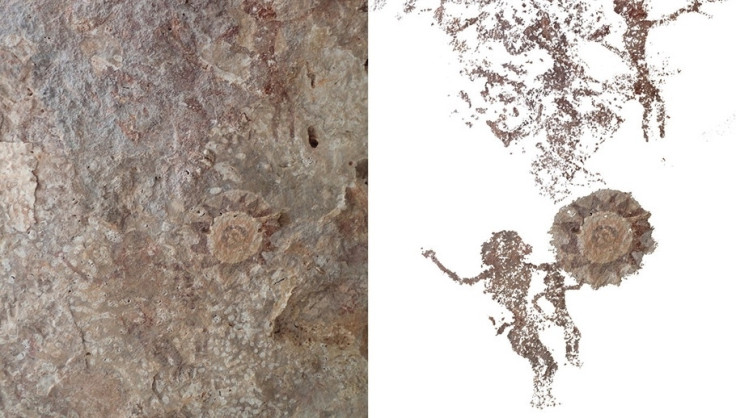Unexplored Indonesian island is covered in tiny 2,500-year-old cave paintings
Kisar island is home to at least 28 rock art sites which contain paintings dating back thousands of years.

A tiny Indonesian island, previously unexplored by archaeologists, is covered in cave paintings that date back more than 2,500 years, according to a new study.
Researchers from the Australian National University uncovered at least rock art sites on the island of Kisar - which measures just 81 square kilometres. Their findings are published in the Cambridge Journal of Archaeology.
"Archeologically, no one has ever explored this small island before," said Sue O'Connor from the School of Culture History and Language.
"These Indonesian islands were the heart of the spice trade going back for thousands of years. The paintings we found depict boats, dogs, horses and people often holding what look like shields. Other scenes show people playing drums perhaps performing ceremonies."
O'Connor said the discoveries suggest a stronger shared history with the neighbouring island of Timor than was previously thought due to the similarities of the artwork.
"A distinctive feature of the art in both islands is the exceptionally small size of the human and animal figures, most being less than 10 centimetres. Despite their size, however, they are remarkably dynamic."
The relationship between Kisar and Timor likely extends back to the Neolithic period 3,500 years ago when an influx of Austronesian settlers introduced domestic animals, such as dogs, and perhaps cereal crops, O'Connor said.
However, some of the newly discovered paintings most likely had a more recent origin as they resemble figures and images cast on metal drums that began to be produced in what is now northern Vietnam and southwest China around 2,500 years ago. These objects were traded throughout the region.
"These paintings perhaps herald the introduction of a new symbolic system established about two thousand years ago, following on the exchange of prestige goods and the beginning of hierarchical societies" she said.





















